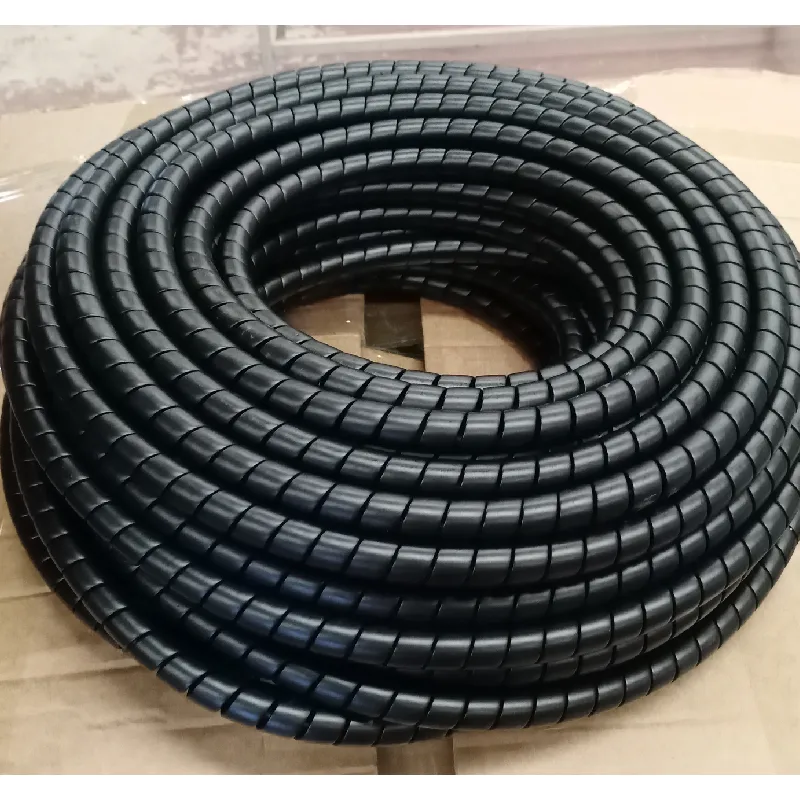Steps for Replacing the High Pressure Power Steering Hose Effectively and Safely
How to Replace the High Pressure Power Steering Hose
Replacing a high pressure power steering hose may seem daunting, but with some basic mechanical knowledge and the right tools, it can be accomplished at home. A faulty hose can lead to power steering fluid leaks, affecting steering performance and potentially damaging other components. This guide will take you step by step through the process of replacing the high pressure power steering hose on most vehicles.
Tools and Materials You Will Need
- New high pressure power steering hose - Wrench set (including open-end and socket wrenches) - Screwdriver set - Pliers - Towels or rags - Power steering fluid - Catch pan (to collect fluid) - Safety goggles and gloves - A jack and jack stands (if necessary)
Step 1 Safety First
Before beginning any work on your vehicle, ensure that you are in a well-ventilated area, preferably outdoors, to avoid inhaling harmful fumes. Wear gloves and safety goggles to protect yourself from potential spills and debris. Ensure that the engine is completely cooled down before starting.
Step 2 Locate the High Pressure Power Steering Hose
The high pressure power steering hose typically runs from the power steering pump to the steering gear or rack. Consult your vehicle’s manual for specific diagram and location details.
Step 3 Prepare to Drain the Power Steering Fluid
Place a catch pan under the power steering pump to collect any fluid that may spill during the hose removal. With the engine off, remove the power steering fluid reservoir cap to relieve any pressure.
Step 4 Disconnect the Old Hose
Using the appropriate wrench, loosen the fittings on both ends of the high pressure hose. Depending on your vehicle model, there may be coupling nuts or additional fasteners to remove. Be careful while loosening; the residual fluid in the hose will likely spill out. Once disconnected, pull the hose out gently and remove it from the vehicle.
how to replace the high pressure power steering hose

Step 5 Install the New Hose
Unbox your new high pressure power steering hose and compare it to the old one to ensure it matches. Start by connecting one end of the new hose to the power steering pump. Hand-tighten the fitting to avoid cross-threading. Use your wrench to secure it snugly, but be careful not to overtighten, as this can cause damage.
Next, route the hose appropriately to avoid any potential kinks or rubbing against other components. Connect the other end to the steering gear or rack, following the same method hand-tighten first, then secure with the wrench.
Step 6 Refill and Bleed the Power Steering System
Once the new hose is installed, it's time to refill the power steering fluid reservoir. Check your vehicle's manual for the recommended type of fluid. After filling, replace the cap.
Start the engine and turn the steering wheel from lock to lock several times. This action bleeds air out of the system. You may need to check the fluid level during this process and add more if necessary.
Step 7 Check for Leaks
After you have completed the bleeding process, check all the connections and the hose for any signs of leaks. It’s essential to ensure that everything is dry and secure before taking your vehicle for a test drive.
Step 8 Final Inspection
After the test drive, inspect again for any leaks and ensure that the power steering operates smoothly. If everything checks out, you have successfully replaced your high pressure power steering hose!
Conclusion
Replacing the high pressure power steering hose in your vehicle not only saves you money on labor costs but also enhances your understanding of your vehicle’s systems. While this guide provides a general overview, it’s critical to consult your vehicle’s manual for specific instructions and specifications. If at any point you feel uncertain about the process, seeking help from a professional mechanic is advisable. Happy driving!
-
Ultimate Spiral Protection for Hoses & CablesNewsJun.26,2025
-
The Ultimate Quick-Connect Solutions for Every NeedNewsJun.26,2025
-
SAE J1401 Brake Hose: Reliable Choice for Safe BrakingNewsJun.26,2025
-
Reliable J2064 A/C Hoses for Real-World Cooling NeedsNewsJun.26,2025
-
Heavy-Duty Sewer Jetting Hoses Built to LastNewsJun.26,2025
-
Fix Power Steering Tube Leaks Fast – Durable & Affordable SolutionNewsJun.26,2025

